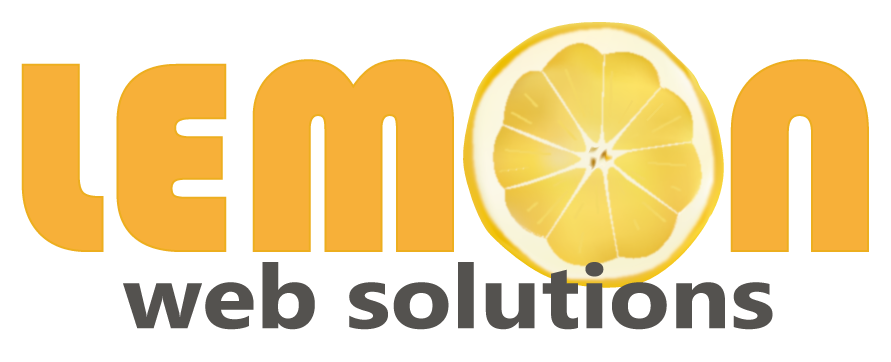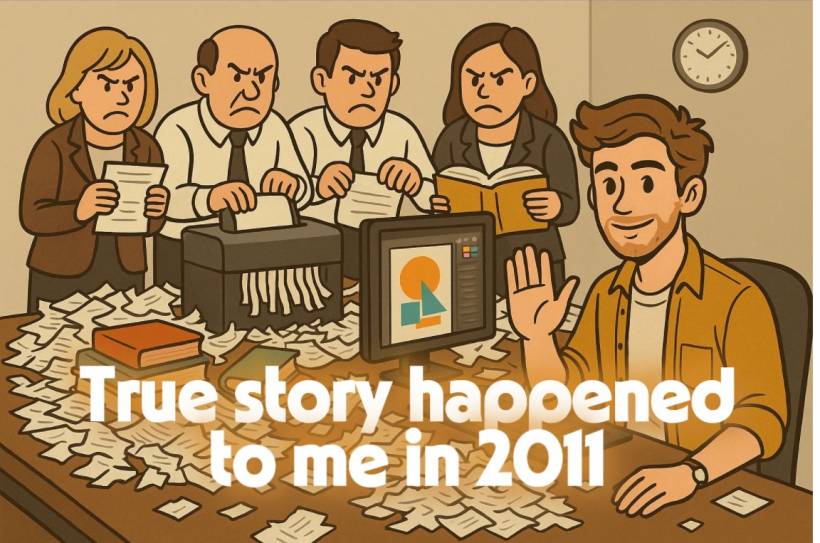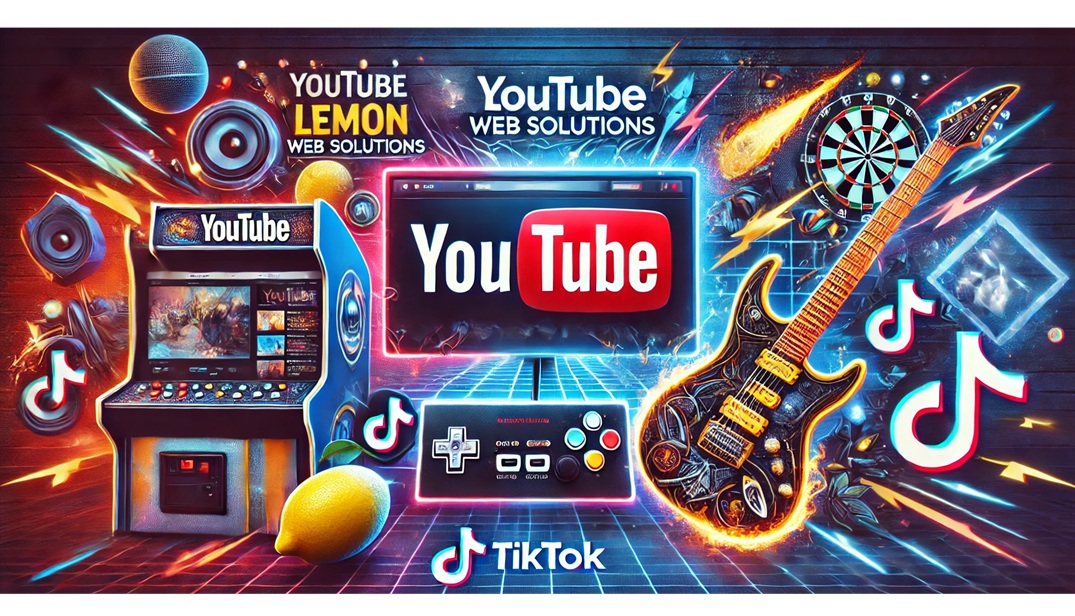From Web Graphics to Book Publishing - Back in 2011, I was working as a graphic designer for a company. My background was in creating web graphics and digital visuals—book publishing was something I had absolutely no experience in. Yet, on the very first project I was assigned, I was thrown into the deep end: a 100-page book publication.
The timeline? Only three weeks. For someone who had never touched book publishing before, it was daunting to say the least.
The Pressure of a Rushed Timeline
Book projects typically require careful planning, mockups, and several stages of review before going into full print. But with such a short deadline, we didn't have the luxury of time. Normally, a printing company would prepare a mock design for review, giving everyone a clear sense of how the final product would look. In my case, there was no mockup at all.
Instead, all I could do was create the designs directly and send them as PDFs for internal review. Management went through the soft copy, gave the green light, and with no printed sample in hand, we proceeded to print 1,000 copies.
A Crash Course in Printing Choices
On top of the time crunch, I was suddenly expected to know the ins and outs of printing methods. When the printing company asked if we wanted Pantone printing or digital printing, I had no clue what the difference was. I went with digital printing simply because it sounded fancier.
Later, I discovered that Pantone printing is actually a much better choice in certain situations. For pages with mostly text and tables—like statistical data—Pantone allows you to use a single color shade and adjust the percentage, producing clean, consistent results at a lower cost. Digital printing, on the other hand, works better for full-color graphics and vibrant images. A hybrid approach would have been ideal, but at the time I had no knowledge of it.
The Catastrophic Mistake
When the books finally arrived, the biggest issue wasn't even the printing method—it was the layout. I had failed to set up a proper grid system for the pages. This meant that in some spreads, the text ran too close to the inner binding. Once the book was stitched and bound, parts of the text became unreadable because they disappeared into the spine.
It was a catastrophic error that rendered sections of the book unusable. To make matters worse, the book contained sensitive industry information. This meant the 1,000 printed copies couldn't simply be distributed with disclaimers—they had to be shredded.
Starting Over
Management wasn't happy, but they gave me another month to redo the entire publication properly. With more time, I was able to learn the basics of book design, set up proper grids, and make smarter decisions about the printing process. The final product came out much better, but the first batch served as a very expensive reminder of what happens when projects are rushed.
Lessons Learned
Looking back, I took away two important lessons.
First, management should never rely on a brand-new designer to deliver a complex, last-minute project without proper planning or support. Publishing a book isn't the same as designing a banner or a website—it has its own rules, standards, and pitfalls.
Second, I learned the importance of speaking up. At that time, I was too new and nervous to push back on the unrealistic timeline. Now, I know it's crucial to voice concerns when deadlines don't allow for proper quality control. It saves time, money, and reputation in the long run.
Final Thoughts
That project was a baptism by fire into the world of publishing. While the shredded books were a painful memory, the experience shaped me into a more careful, confident designer. It reminded me that mistakes are often the best teachers—and sometimes, the lessons cost more than we expect.




